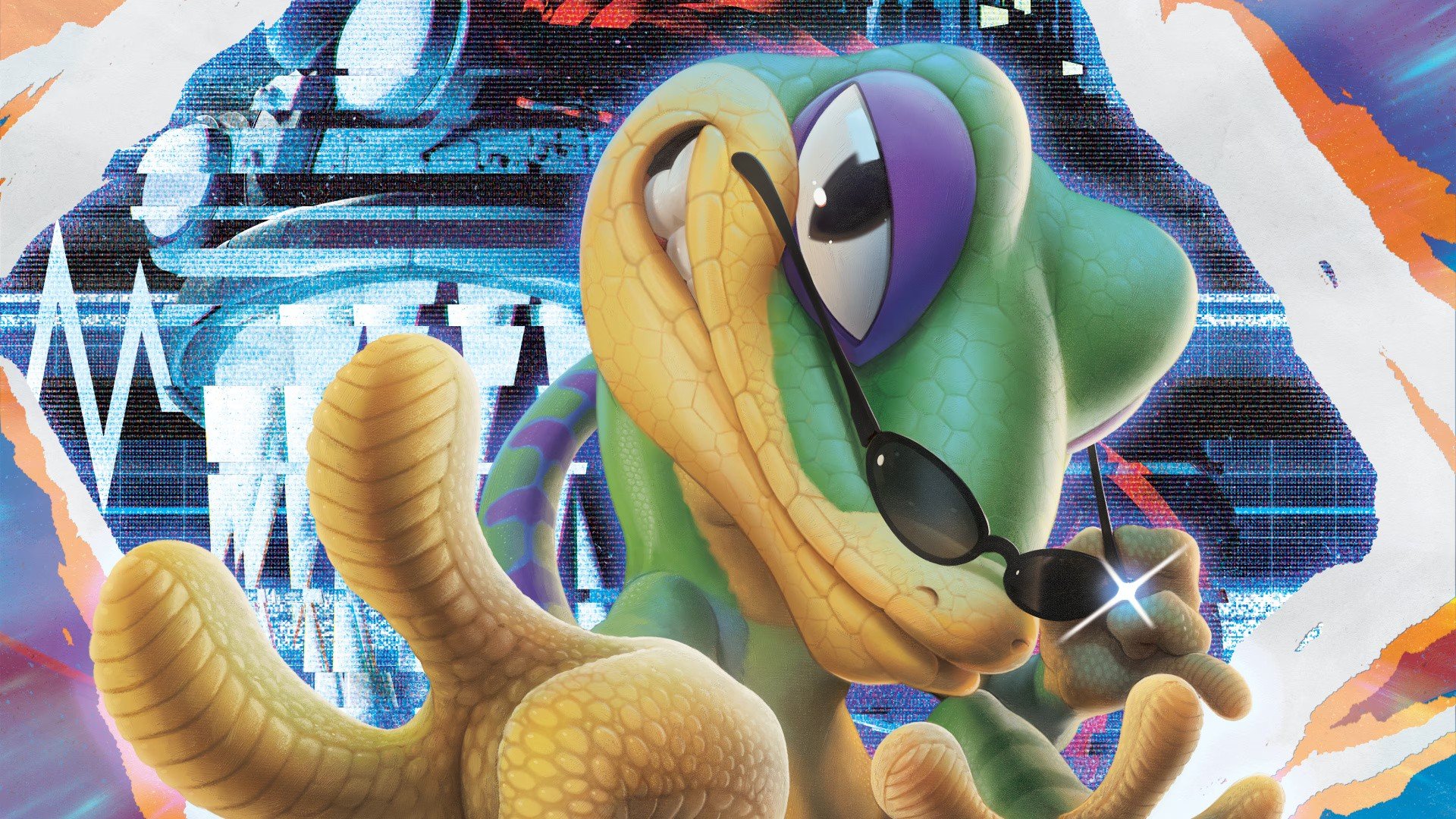The Gex Trilogy has made its way to the Nintendo Switch, although it is important to note that, as of now, it is not compatible with the Switch 2. Limited Run Games has submitted a patch for review by Nintendo and promised updates as they become available.
Developed by Dimitris Giannakis using the Carbon Engine, this compilation brings together the classic titles from the original PlayStation, successfully translating them to modern hardware despite some earlier reported issues.
Gex, a gecko with a penchant for bugs and a heavy dose of ’90s nostalgia, navigates a vibrant world reminiscent of a decade defined by iconic pop culture. The series debuted on the 3DO in 1995, but it truly found its identity on the PlayStation, making this remaster of the games in widescreen format a more viable option for players.
The plot begins with Gex relaxing in his luxurious Maui mansion, searching for a captivating television show when he unwittingly ingests a fly—actually a robotic spy from Rez, the villain of the Media Dimension. This incident pulls Gex into a whimsical media universe where he must recover remote controls to progress and ultimately escape. The premise is quirky, embodying the spirit of the time when television was a ubiquitous part of daily life.
The first game is a 2D side-scrolling platformer. Notably, Gex’s ability to climb walls adds a unique twist to gameplay. While the game has not dramatically aged in either direction, it may not capture the current gamer’s patience as effectively as it did two decades ago. The graphics sport a nostalgic, pre-rendered look that resonates with its ’90s origins, though they can occasionally appear dated. More vibrant environments appear in levels like Sumo City, where players encounter sumo-themed adversaries.
Control mechanics can feel a bit rigid, particularly during boss encounters, leading to frustrating moments, especially with jumps that risk death by spikes or bottomless pits. Progression is largely dependent on discovering remote controls scattered throughout the stages, which can be tedious and requires significant backtracking after game overs—unlike more forgiving games that offer optional collectibles.
Moving on to Gex 2: Enter the Gecko (1998), the gameplay shifts to a 3D perspective with improved camera controls. The second installment enhances engagement with more interactive environments, but it also retains the necessity of finding remotes to advance. This sequel features clever stage designs that allow for new ways to traverse the landscape, though some players may find it to be a grind as it requires extensive item collection.
The final entry, Gex 3: Deep Cover Gecko (1999), builds upon its predecessors with more expansive levels and refined gameplay mechanics, introducing costumes and power-ups that enrich the experience. The graphics are enhanced, and the game includes a variety of challenges—ranging from snowboarding to solving layout puzzles—while maintaining an enjoyable soundtrack.
Despite notable improvements, Gex Trilogy does not feature alternate soundtracks, which could have provided a more comprehensive experience, especially given the varying voice actors in different regions, such as Leslie Phillips and Danny John-Jules. The trilogy is ultimately a nostalgic homage to an era defined by its distinct charm and humor, enhanced by the memorable one-liners delivered by Dana Gould, the voice behind Gex.
While the remaster captures the essence of ’90s gaming, its limitations in audio options leave some players wanting. For those willing to revisit or discover this slice of gaming history, there are enjoyable moments to be found, albeit with a patient approach.

